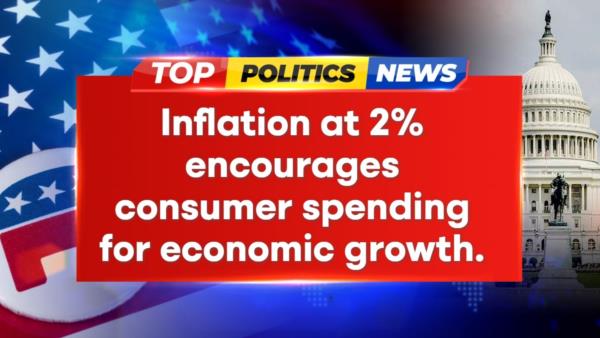
Former president and Republican nominee Donald Trump recently stated that he would swiftly lower prices if re-elected for a second term, echoing his economic promises to the American people. However, the reality of driving prices down quickly is far more complex than it may seem.
Consumer price inflation, which measures the rate of price changes, is a crucial indicator of a healthy and growing economy. The Federal Reserve, responsible for maintaining price stability, aims for an annual inflation rate of 2% over the long term. This moderate pace of price increases encourages consumer spending, a key driver of the US economy.
In contrast, deflation - a scenario where prices decline outright - can have severe consequences. Deflation discourages spending as consumers anticipate lower prices in the future, leading to a slowdown in economic activity. During periods of deflation, individuals tend to delay purchases in anticipation of further price drops, which can exacerbate economic challenges.
Historically, deflation has been associated with significant economic downturns, such as the Great Recession. It serves as a symptom of underlying economic weaknesses and poses risks to overall economic stability.
While the idea of rapidly reducing prices may sound appealing, the complexities of managing inflation and deflation require a nuanced approach. Sustainable economic growth relies on a delicate balance of price stability and consumer confidence, factors that play a crucial role in shaping the nation's economic landscape.







